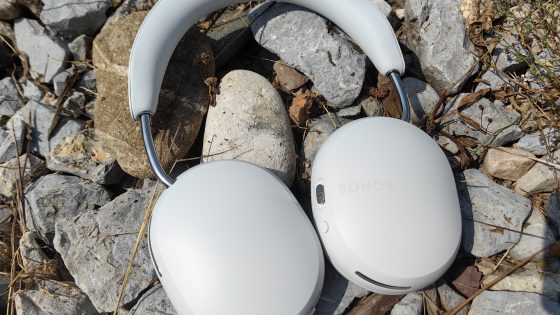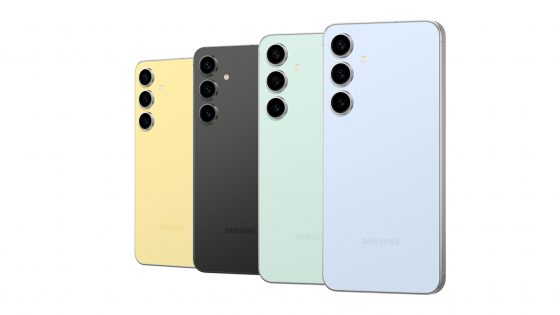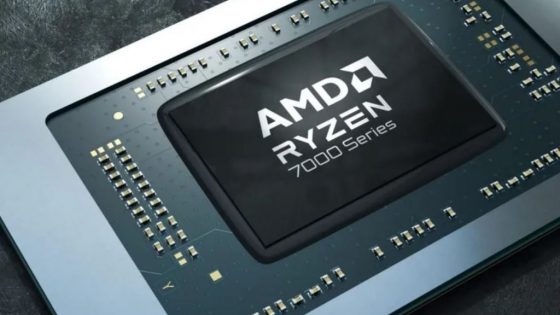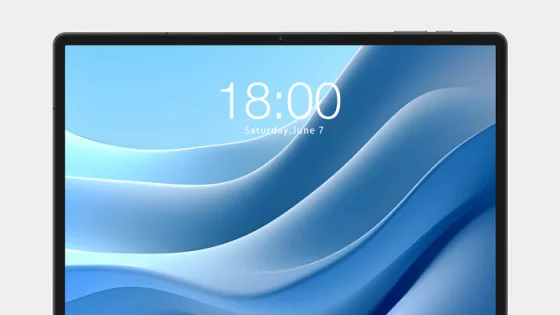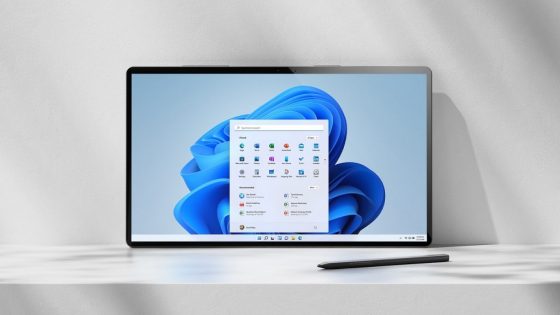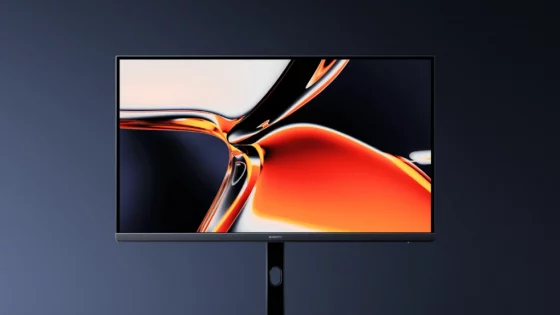Qualcomm introduced a new Snapdragon processor for phones
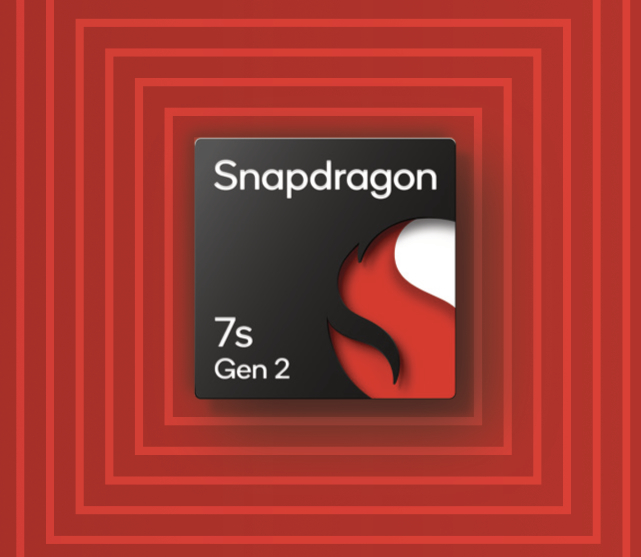
Qualcomm has been very active in the last few months, after launching the Snapdragon 4 Gen 2 processor and the new Snapdragon G series of processors, it has now introduced a new mobile platform, the Snapdragon 7s Gen 2, aimed at mid-range phones.
Unlike the Snapdragon 7+ Gen 2 chip, which is more like a 'light' (English lite) version of the Snapdragon 8 Gen 1, the Snapdragon 7s Gen 2 is a bit more modest. It is built on a 4nm architecture and includes an 8-core Kryo processor, which consists of four powerful Cortex-A78 cores with a frequency of 2.4 GHz and four energy-efficient Cortex-A55 cores with a frequency of 1.95 GHz.
Interestingly, it does not use the newer Armv9 architecture that is present in the Snapdragon 7 Gen 1 and Snapdragon 7+ Gen 2 chips, but uses a similar layout to that found in the Snapdragon 6 Gen 1 processor, but with higher frequencies. Other notable features include an as-yet-unknown Adreno GPU that supports resolutions up to FHD+ with a refresh rate of up to 144 Hz, a Hexagon NPU and Snapdragon X62 5G modem-RF system, and a FastConnect 6700 Mobile Connectivity system for managing wireless connections such as 5G, LTE, Wi-Fi 6E and Bluetooth 5.2.
The Snapdragon 7s Gen 2 will support both LPDDR5 memory with a clock speed of up to 3200 MHz and LPDDR4X with a frequency of up to 2133 MHz and with the option of up to 12 GB of memory capacity and UFS 4.0 storage.
The Snapdragon 7s Gen 2 is also less powerful photographically, as the Spectra image processing processor supports up to a 48MP sensor, which is considerably less compared to the 108MP camera that the Snapdragon 7+ Gen 2 can manage. It also supports a dual-resolution camera setup 32MP + 16MP and triple 16MP + 16MP + 16MP setup. Qualcomm Aqstic and Qualcomm aptX technologies for sound and Qualcomm Quick Charge 4+ for fast charging are also supported.
The first smartphone to be equipped with the new Snapdragon 7s Gen 2 chip will be the Xiaomi Redmi Note 13 Pro.









